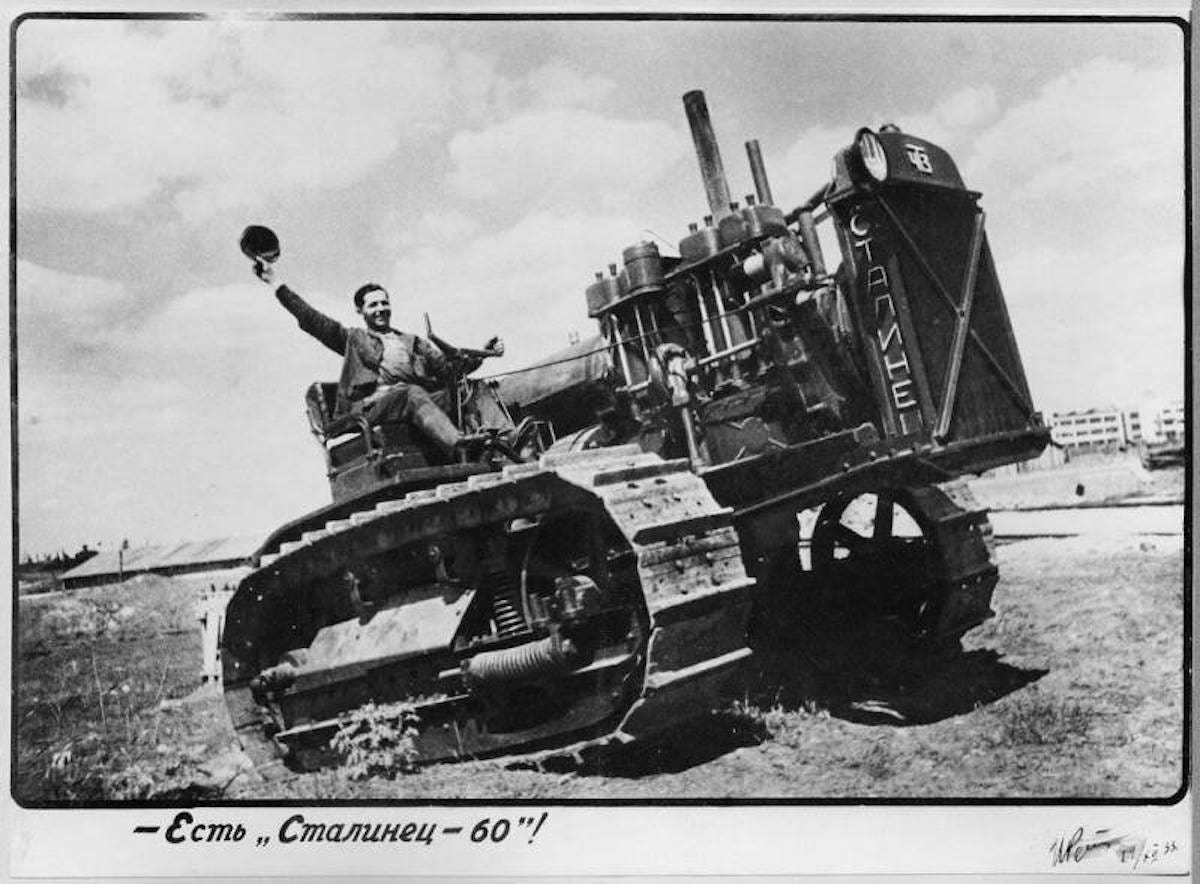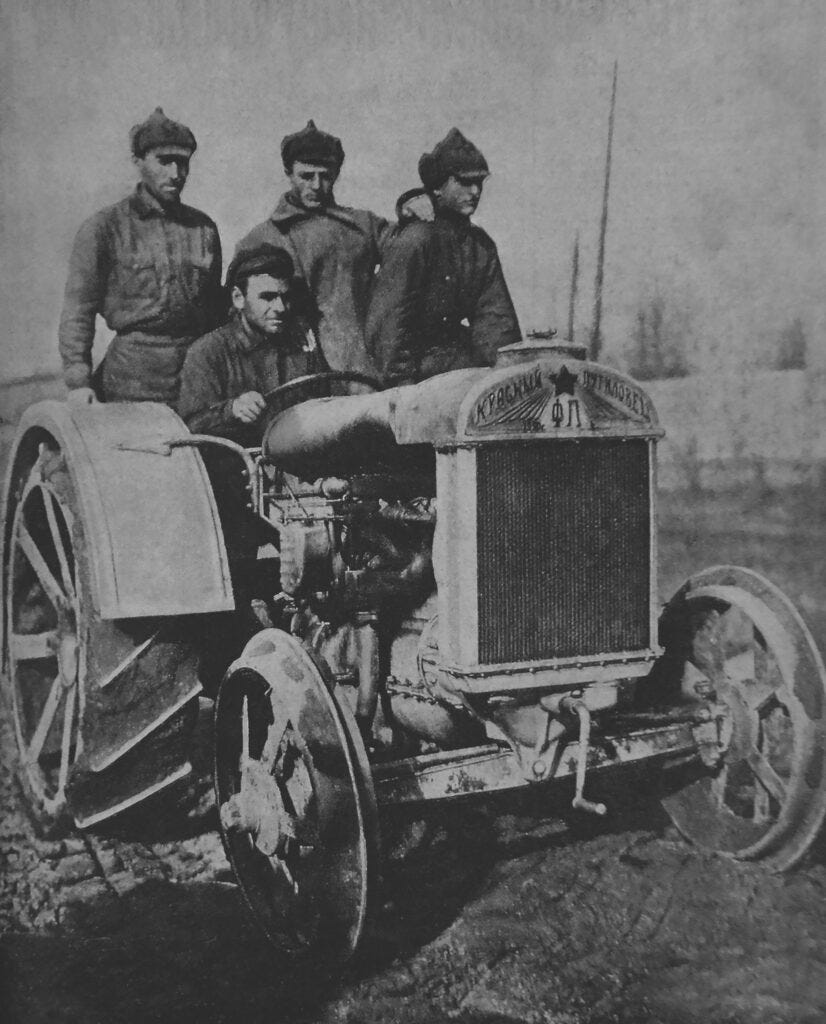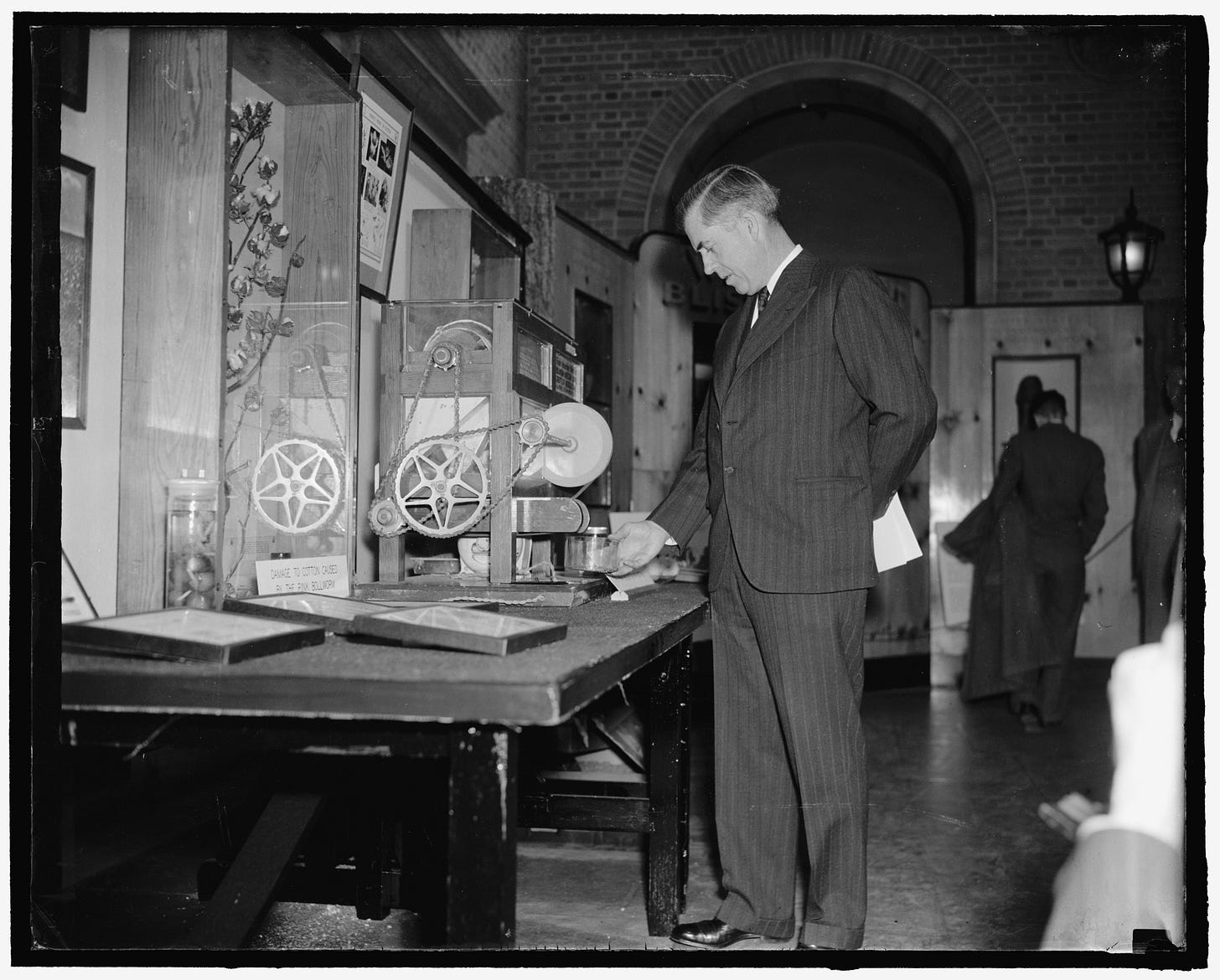How to Fool a 'Useful Idiot' Vice President
The mistakes of F D Roosevelt's Vice President Henry A Wallace find an echo in today's cosy relationship between the Trump administration and the Kremlin, writes Piotr R Frankowski

Fooling a Vice President of the United States of American should not be an easy feat, but it sometimes is. Henry A Wallace served as VP under President FD Roosevelt and became one of Moscow's "useful idiots". This is how.
It is widely, and erroneously, believed that the only time when the USA openly helped the Soviet Union was during WWII and that it was limited to the scope of Lend-Lease aid. As I described in an earlier article, in fact America bailed out the Kremlin on several earlier occasions, and practically built Stalin's huge military industry. The general public today remains unaware of the fact that the famous "5 year plans" were actually written in the States, mostly in Detroit and Cleveland.
As Soviet as Coca-Cola
There is a carefully cultivated belief that most of the Western technologies which the workers' paradise adopted for series production were actually copied, "reverse-engineered", by the talented Soviet Communists. This assertion is not only patently false, but it is also politically charged: it positions the USSR as a cunning underdog, cleverly copying Western capitalist inventions and thus avoiding feeding the greedy industrialists in the rotten West.
With very few exceptions, nearly all Soviet machines claimed to have been copies of enemy inventions were actually built under a foreign license, fully paid for in either gold or in Ukrainian wheat. This pertains to the period before WWII, as after the war Stalin had access to many thousands of German engineers and scientists, more than the USA ever brought to America under the famous Operation Paperclip.
Soviet trade missions worldwide picked civilian machinery for production in the Soviet Union in exactly the same way that they selected foreign weapons, aircraft and warships. One of the selected items was the McCormick Deering 15-30 farm tractor of the International Harvester Corporation; it was first manufactured from American components, then from local ones, at factories in Stalingrad and Kharkov, built by the US in 1930-1932. Fordson wheeled tractors and Caterpillar tracked ones were manufactured in Chelabinsk, Holt/Caterpillar combine harvesters in Rostov-on-the-Don and so forth, all in factories built by American hands. All those machines were as Soviet as Coca-Cola and chewing gum.

The GAZ-AA was a Ford truck produced, since 1932, under license at a plant built by Americans. The ZiS-5, still revered by lovers of Stalinism, was a licensed version of an American truck called the Autocar SD, originally manufactured by a firm called the Autocar Company. It was built, starting in 1933, at a factory in Moscow named "AMO"; the factory itself had been refurbished by yet another American company, A.J. Brandt Co., in 1931. Refurbished, so prior to that it had been a purely Soviet creation? Um, no. It had earlier produced a simplified version of the Italian Fiat F-15 truck as the totally Marxist AMO-F-15.
People who now joke online about Trump's America selling F-35 combat aircraft to Putin are less funny than they imagine. In June, 1938, Stalin unceremoniously barged in on a formal meeting with the US Ambassador John Davies because he wanted to negotiate in person the purchase of further military technologies. His priority was to buy full sets of blueprints for the heaviest warships that America had, mostly battleships, and at least one such ship ready to sail.
In exchange for the ships, Stalin was ready to grant numerous concessions, including the payment of pre-Revolution debt which he had steadfastly refused to pay until then. Discussions on the topic were continued by a delegation led by Admiral Isakov which arrived in Washington in March, 1939. The US Navy command was opposed to the idea of selling battleships to the Soviets, and the talks ended after the Soviet invasion of Finland.
The Secretary of the Navy (SECNAV) at that time successfully fought against the deal, but with Witkoff in charge of negotiations today, who knows?
Big American Business
Big American business was heavily involved in propping up the genocidal Soviet leadership, and welcomed with great joy the admission of Stalin's workers' paradise into the Allied camp in WWII: this meant more money. Had the American public learned about the Katyn massacre of Polish officers, Stalin's mass murder of minorities and his close alliance with Hitler, it would have thwarted the Lend-Lease arrangement which meant enormous income for the American military, oil, food and textile industries – all paid for by the unsuspecting taxpayer – so an effort was made to make regular Americans love Uncle Joe.
When the US was sending millions of tons of food, thousands of aircraft and trucks, aviation fuel and artillery ammunition to Stalin, all the taxpayer money actually stayed in America, paid by the federal government to companies which manufactured the Lend-Lease goods.
Exactly the same, paradoxically, as in the case of the aid sent to Ukraine after it was attacked by Putin's Russia: almost all the aid funds remained in the US, sustained US jobs and created profits for manufacturers.

Whilst American supplies flowed to Stalin via Arctic convoys to Murmansk and Arkhangelsk, through Iran, occupied by Britain and the USSR, and via Alaska (mostly aircraft), the group of yes-men around Roosevelt rubbed their hands together with glee. Among them was Henry A Wallace, the Vice President, arguably one of the bluntest knives in the President's drawer.
A Fairy Tale for the Useful Idiot
Once upon a time, Henry A Wallace traveled through the USSR, but his final destination was China where he was to meet Chiang Kai-Shek. The Vice President wanted to visit the famous Soviet labor camps in Siberia. His wish was granted and he was to see a camp in Chukotka. He arrived at one of the 16 airfields used for US military aid deliveries, mainly combat aircraft, flowing freely from America to Stalin's Russia over Alaska. The camp which the US VP was to grace with his presence was a part of the Dalstroy conglomerate, created in 1931 to exploit the gold and tin ore deposits in the Kolyma region (later also uranium).
Starting in 1938, Dalstroy, which covered 10% of the entire area of the USSR, was directly subordinate to the NKVD as the "Chief Construction Directorate of the Far North Dalstroy". The labor force mainly came from the SevVostLag camp complex. Even though its name was deceptively singular, it was in fact a collection of 26 camps, 168 subcamps, 392 "prisoner residence areas" and 189 state companies.
It was at such a prisoner-driven industrial complex that Wallace arrived, bubbling with his enthusiasm for Stalin. The camp, of course, had been specially prepared for his visit: guard towers had been dismantled, fictitious shops had been set up with shelves full of goods, everything had been turned into a visually attractive Potemkin village. In truth it was a concentration camp, overflowing with cruelty, described many years later by a Hungarian, George Bien, who survived his imprisonment there, as a "big Auschwitz without the crematoria".
Wallace loved the camp where smiling workers toiled away at auto repair shops, where satisfied girls in elegant attire took care of pigs (women normally employed at camp offices were used as stand-in extras), and other joyous proletarians tended to vegetables in greenhouses (the vegetables were grown for NKVD officers and concentration camp guards). The gullible American was also shown two gold mines, where well dressed Komsomol members pretended to be miners.
Everywhere Wallace went, he saw American equipment, Studebaker trucks, machines, explosives, detonators, even rubber boots... but Lend-Lease agreements expressly forbade the transfer of aid material to gold mining in any country. Wallace did not say a word. Contrary to the assurances given to him by NKVD officers, for whom he had nothing but praise, construction machinery and trucks were not used to build a public road across Kolyma, but an access road between the camp and the mines, and also as a means of transport to move the prisoners.
When the American Vice President was present at Dalstroy, over 70,000 people were being held captive there. The American delegation was also shown an open pit coal mine, a copper ore processing plant full of American equipment and the city of Komsomolsk-on-Amur, allegedly built by enthusiastic Komsomol volunteers, but in fact burdened by the deaths of thousands of prisoners from the NizhAmurLag concentration camp complex.
Wallace was delighted with everything, noticed nothing negative, and did not see a single penal camp through the window of the plane, even though he flew over a number of them.
Right after the war, Wallace published a book full of idiotic statements about Stalinist Russia and his own visit there. Several years later a memoir was published, in English, of one of the prisoners present at the camp during the visit by the US delegation; she was a Swiss citizen named Elinor Lipper. Only then did Wallace admit publicly that he had been deceived.
The USA was is, in fact, responsible for the continued existence of Lenin's and Stalin's dictatorships. Unfortunately, this spirit of comradeship with whoever occupies the seat of power in the Kremlin seems to be very much alive – again – today.
The American President and Vice President openly ally with Russia, and remain every bit as blind to the truth as Wallace was during his visit to Siberia; to his credit, at least Vice President Wallace recanted his opinion of the USSR after a while and never wore eyeliner.
Piotr R Frankowski is a Polish journalist and author, resident in Britain. His latest book on the secret German-Soviet cooperation is out in Poland with its English version due to be published in April 2026.


